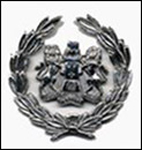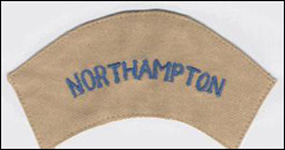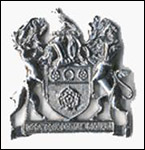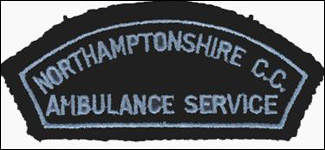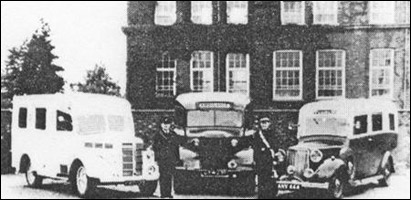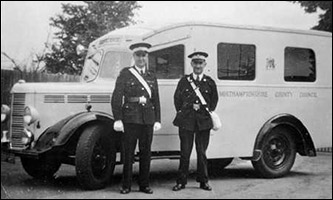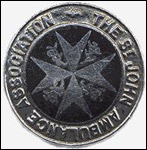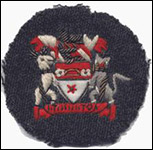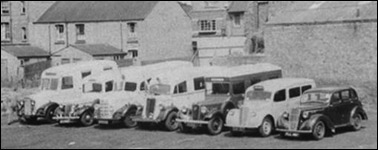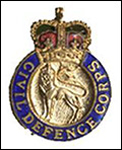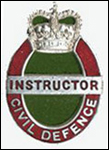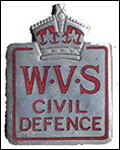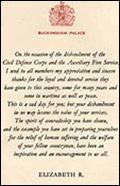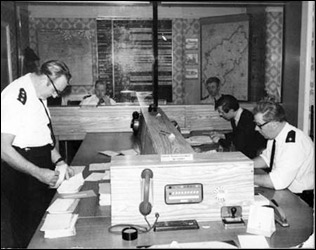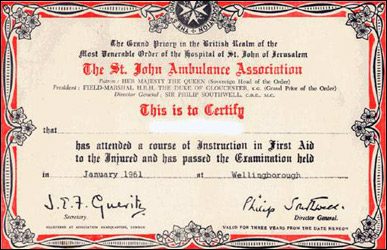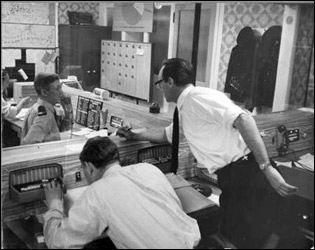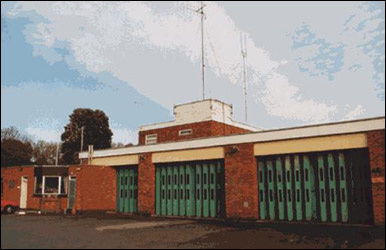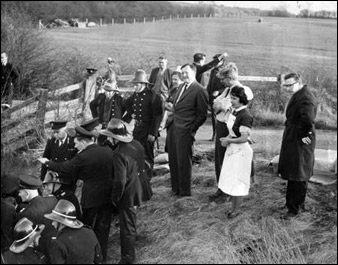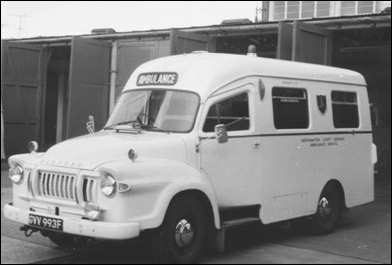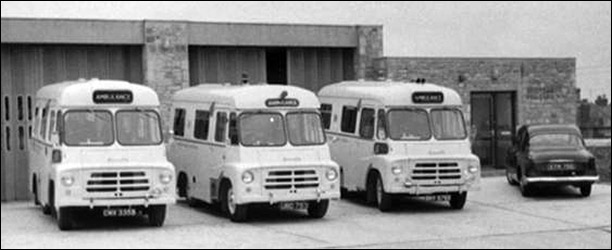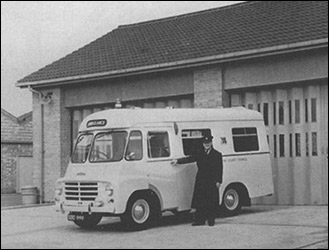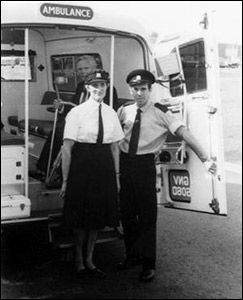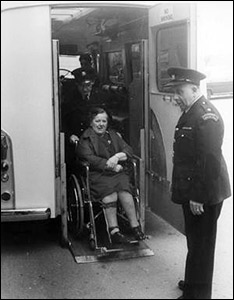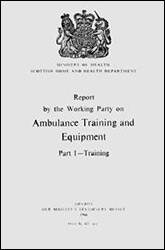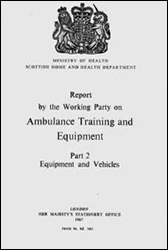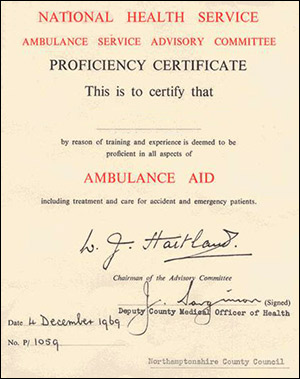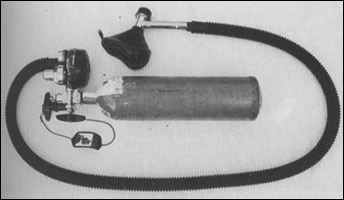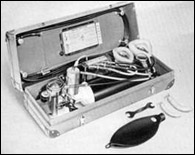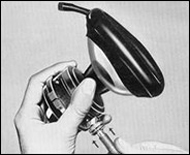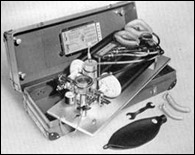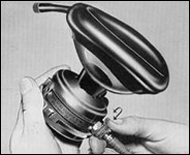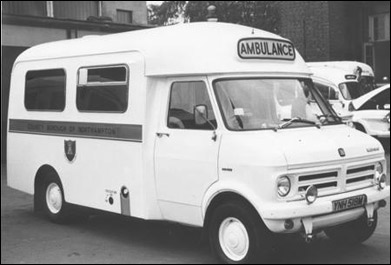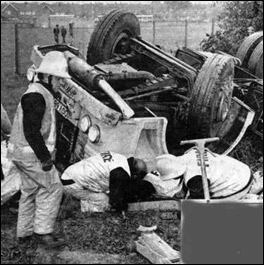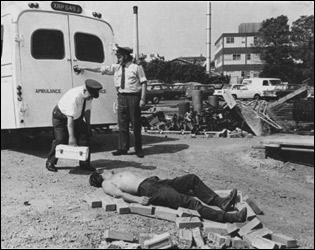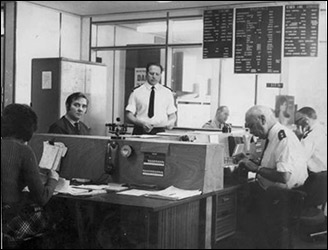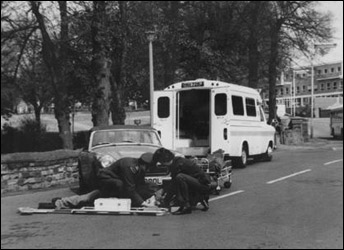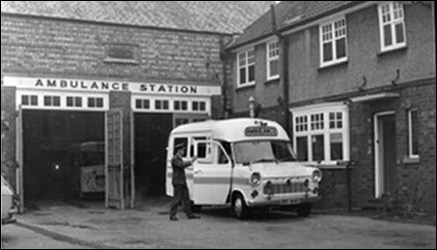|
||||||||||||||||||||||||||||||||||||||||||||||||||||||||||||||||||||||||||||||||||||||||||||||||
| Second edition (based on the First Edition produced by T MacFarlane in 1985), by Alan Pinnell, 2000 |
||||||||||||||||||||||||||||||||||||||||||||||||||||||||||||||||||||||||||||||||||||||||||||||||
|
History of the Ambulance Service
|
||||||||||||||||||||||||||||||||||||||||||||||||||||||||||||||||||||||||||||||||||||||||||||||||
|
1948 - 1974 |
||||||||||||||||||||||||||||||||||||||||||||||||||||||||||||||||||||||||||||||||||||||||||||||||
|
The Ambulance Service as we know it today has evolved since 1948 when the government of the day decided that a Service should be provided free to all patients in need. It was therefore made the responsibility of the County and County Borough Councils in England to provide this Service.
|
||||||||||||||||||||||||||||||||||||||||||||||||||||||||||||||||||||||||||||||||||||||||||||||||
|
Formation of Northampton Borough Council Ambulance Service 1948 -1974 Chief Ambulance Officer was Mr Bill George
|
||||||||||||||||||||||||||||||||||||||||||||||||||||||||||||||||||||||||||||||||||||||||||||||||
|
Formation of
1948 - 1974 Chief Ambulance Officer was Mr P.H.J. Wilkinson
1948 – 1956 When the various Divisions of the St John received a call, volunteers were fetched from their work places to respond. With the obvious delay, to emergency calls, and at night the volunteers were on call at home. Once the duty crew had been called out, perhaps to the Welford area, the telephone calls were transferred to the duty switchboard operator at the Northampton General Hospital . If another call was received this would be held until the Ambulance arrived at the Hospital with the first patient. With the formation of the Health Act and the modern Ambulance Service as we know it today, our thoughts go to those early pioneers who built up the Northamptonshire Ambulance Service, to provide the sick and injured with the highest patient care. The Ambulance Service as we know it today has evolved since 1948 when the government of the day decided that a Service should be provided free to all patients in need. It was therefore made the responsibility of the County and County Borough Councils in
This often resulted in delays of up to an hour. When accidents had occurred in Northampton, the Police at that time would frequently move patients in the Police van to the hospital. Radio communications were introduced in 1950 as the Service expanded the communications network. It soon became obvious to the local councils that was an inefficient way of providing an Ambulance Service and in 1956 the County Council decided to start buying their own vehicles and employing their own staff in an effort to increase the efficiency of the Service The County Borough Council however decided to leave their Service with the Northampton St John and continued until 1957 when they transferred the Service to the Fire Brigade in Upper Mounts, Northampton.
1956 – 1959 From 1956, the County Council developed the existing Service as monies became available, and the St John were finding it increasingly difficult to provide sufficient cover from voluntary labour, though initially the Service consisted of emergency cover only, the outpatient and day patient demands began to grow. Radio communications were introduced in 1950 as the Service expanded the communications network. A Radio communications room was established in County Hall,
Enlarged accordingly Stations were opened at Kettering, Wellingborough, Mereway, Oundle, Towcester, Daventry, Brackley and Rushden, firstly from old buildings, which were later to be replaced with new Stations over the years. Staffing levels on all Stations were increased to accommodate the various developments in the areas mentioned and garages were extended, however domestic quarters were not enlarged accordingly. These ideas were subsequently abandoned and the motorway was covered from Mereway and Daventry, which has proved to be very satisfactory. 1960s At the start of the 1960s the Civil Defence force that had taken over from the A.R.P. during the 1937 – 1945 war became more active, although it was disbanded in 1968.
Many Ambulance Service staff participated in the Civil Defence activities and many training hours were undertaken both locally and at the Civil Defence Training Centre in Wellingborough Road, Irthlingborough.
Setting up of First Aid Posts (FAP), Casualty Collecting Centres (CCC), Forward Medical Aid Unit (FMAU) and the transportation of casualties in the forward shuttle of CCC and FMAU and a rear link shuttle between the FMAU and Hospitals. Major exercises proved to be well supported, like the ones held at the Fire Service Training ground at Moreton in the Marsh and the F.M.A.U. exercise on the U.S.A.F. Air Base at Chelveston.
1964 - 1966
1966 - 1967
1969 - 1970
The Station moved to the
|
||||||||||||||||||||||||||||||||||||||||||||||||||||||||||||||||||||||||||||||||||||||||||||||||
|
Special thanks to John Harley and John Drage.
|
||||||||||||||||||||||||||||||||||||||||||||||||||||||||||||||||||||||||||||||||||||||||||||||||
